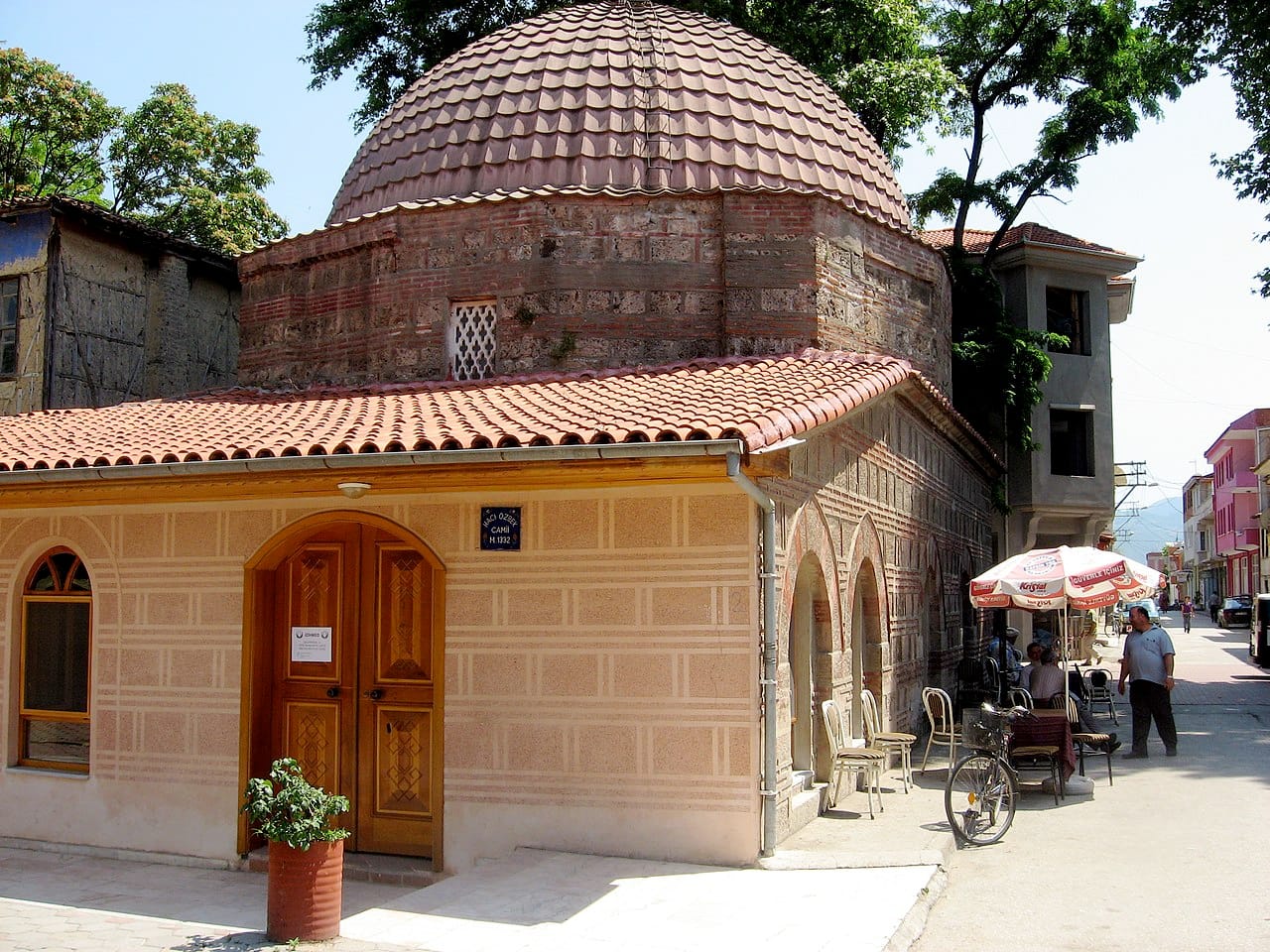Haji Özbek Mosque: A Landmark of Early Ottoman Architecture
Discover the Haji Özbek Mosque, built in 1333, a symbol of Ottoman ingenuity blending Byzantine techniques with Islamic design.

The Historic Haji Özbek Mosque: A Glimpse into Ottoman Architectural Beginnings
Located in İznik, Turkey, the Haji Özbek Mosque (Hacı Özbek Camii) stands as a testament to the rich history and early architectural prowess of the Ottoman Empire. Completed in 1333, just two years after Sultan Orhan I’s conquest of İznik, this mosque is celebrated as one of the earliest examples of Ottoman single-domed mosque design.
Architectural Significance
Built by Hacı Özbek bin Muhammed, the mosque exemplifies a seamless blend of Byzantine construction techniques and Islamic architectural principles. Its compact design consists of a square hall topped with an 8-meter (26 ft) hemispherical dome, showcasing meticulous craftsmanship. The dodecagonal drum of the dome, adorned with triangular planes on the interior, adds to the aesthetic and structural ingenuity of the building.

The mosque’s walls are constructed using alternating layers of brick and individually cut stone, separated by vertical brickwork. This technique reflects a sophisticated approach to durability and style during the early Ottoman period.
Historical Changes and Challenges
Over centuries, the mosque underwent modifications. In 1939, the original three-bay portico on the western side was demolished to accommodate road expansion. Later, in 1959, a new enclosed portico was added to the northern side. Despite these changes, the mosque retained its fundamental design and historical essence.
However, the mosque never featured a minaret, and much of its interior ornamentation has been lost due to layers of plaster over time.
A Symbol of Early Ottoman Art
The Haji Özbek Mosque not only serves as a place of worship but also represents the beginning of Ottoman architectural innovation. Its design paved the way for future advancements in mosque architecture, combining functionality with aesthetic appeal.
Today, the mosque remains a cherished historical landmark, attracting visitors interested in Ottoman history and architecture.





